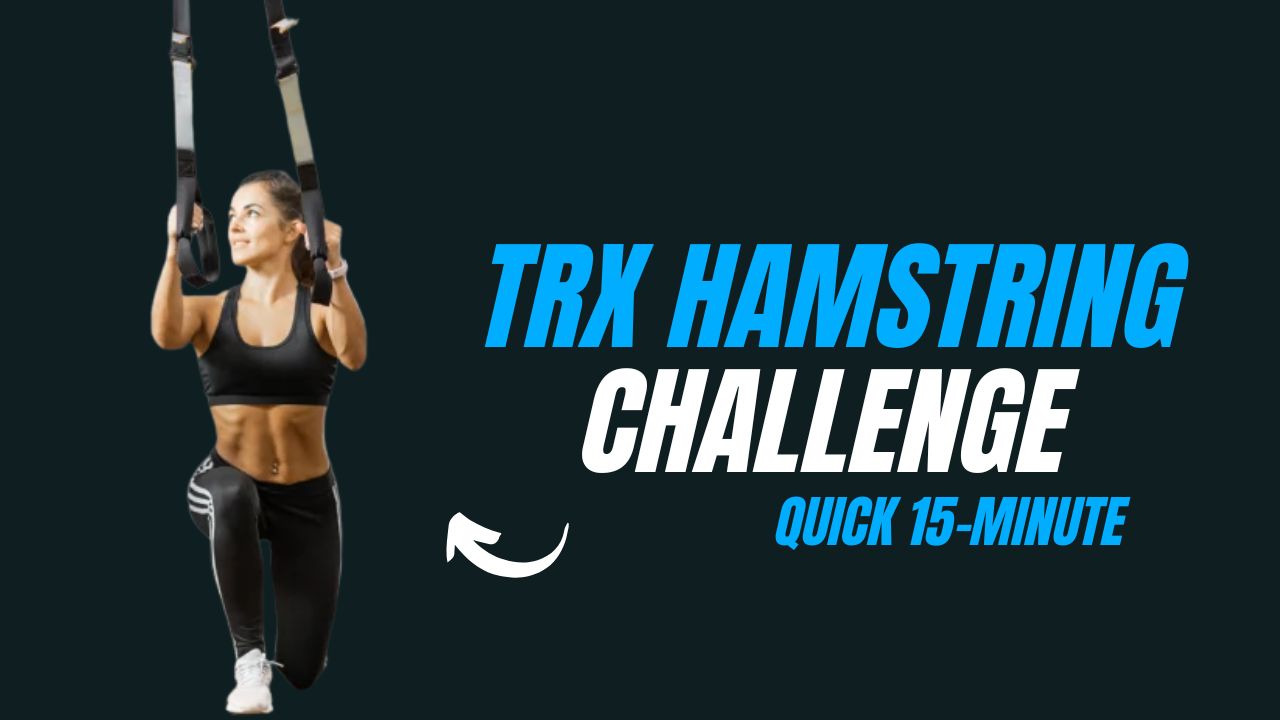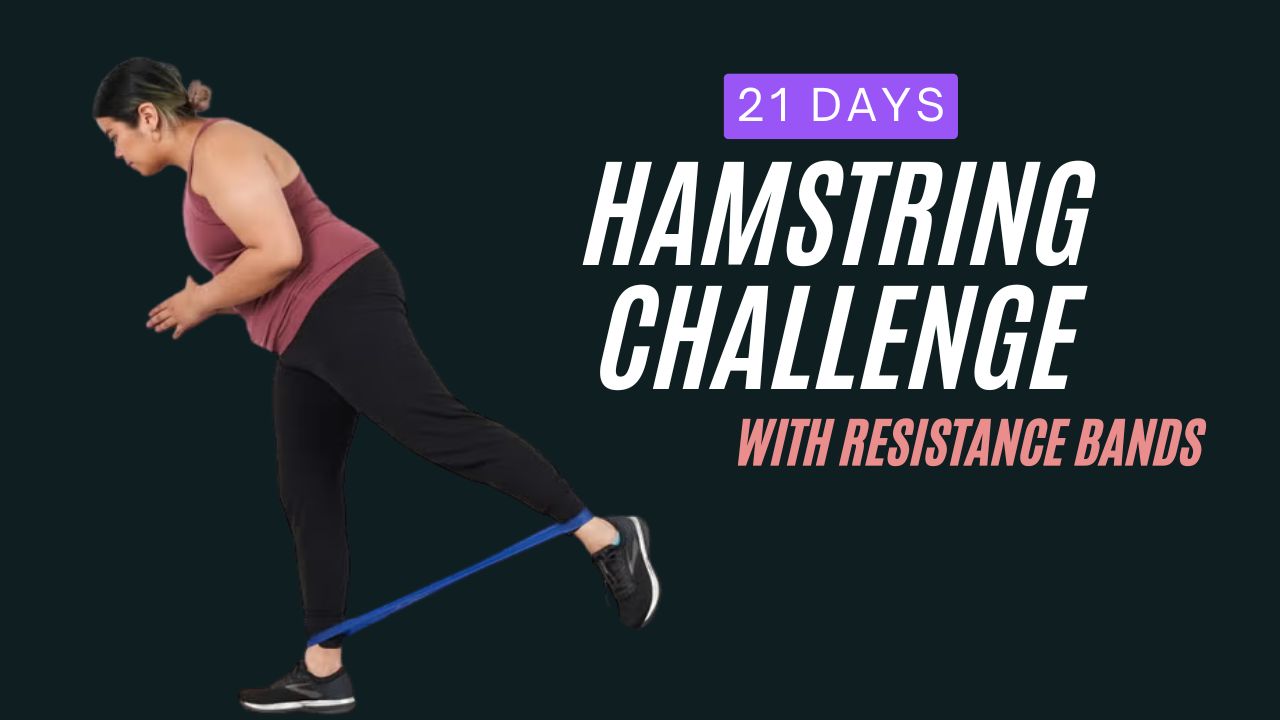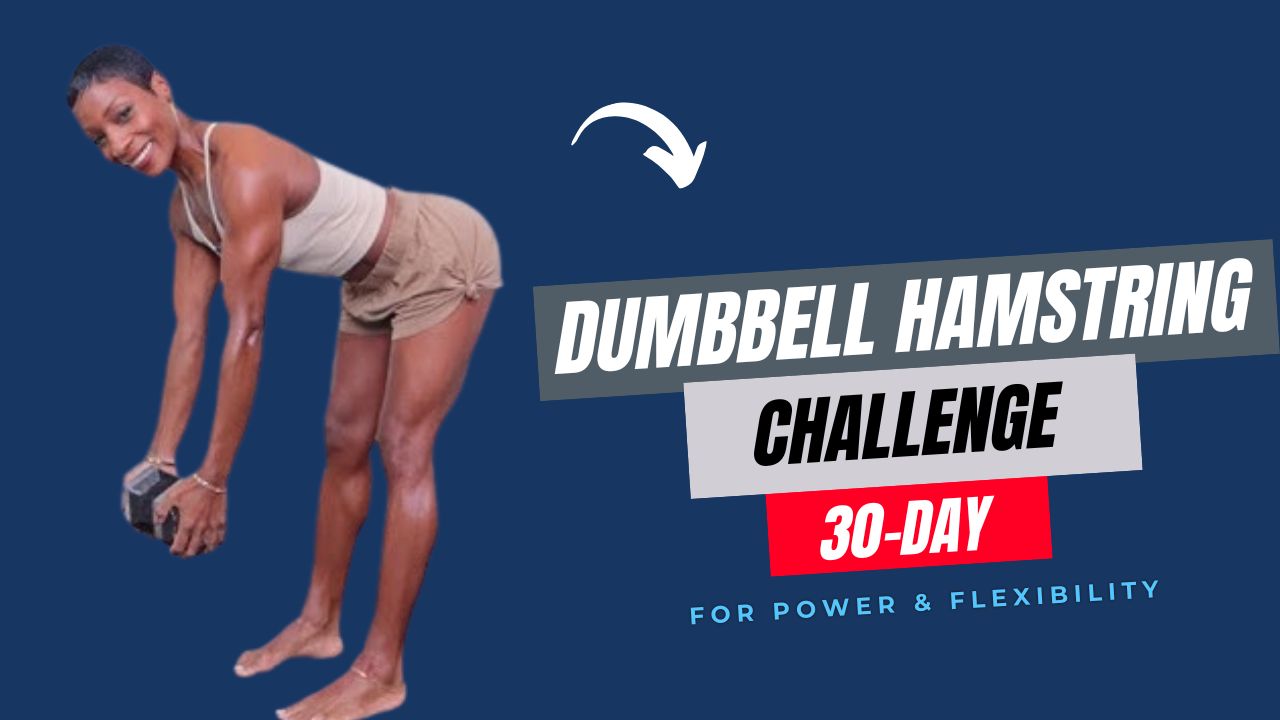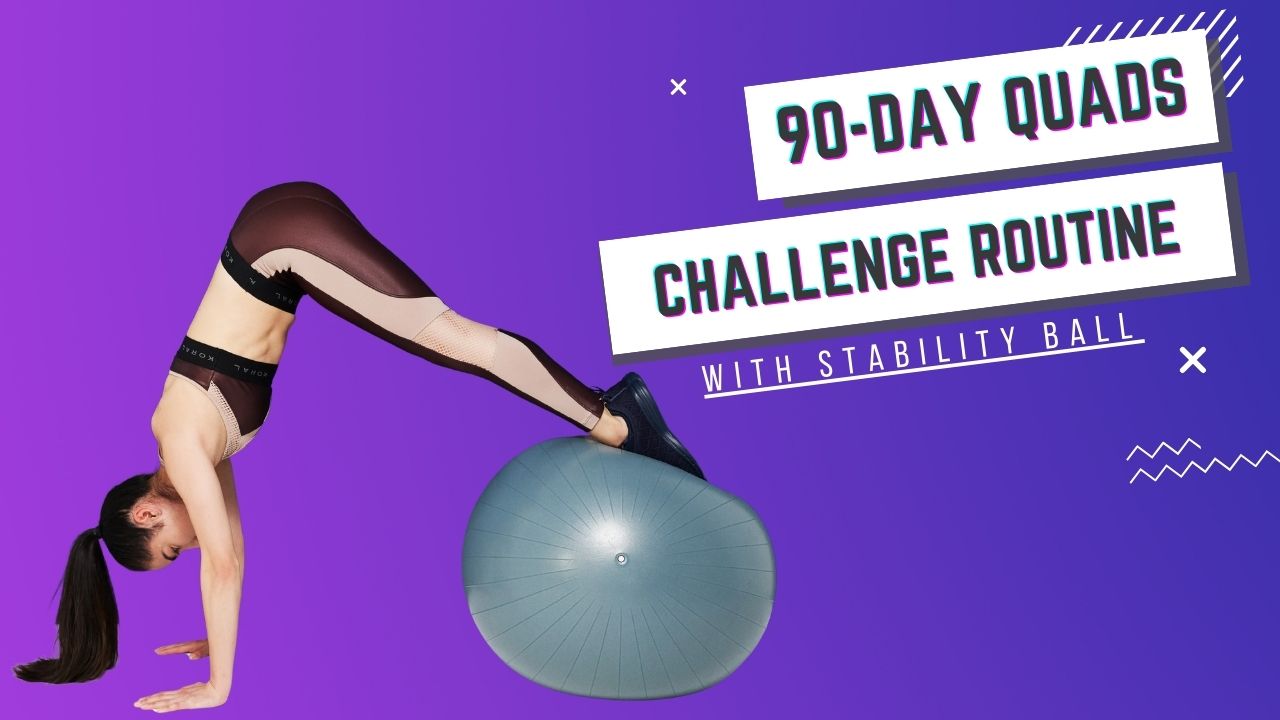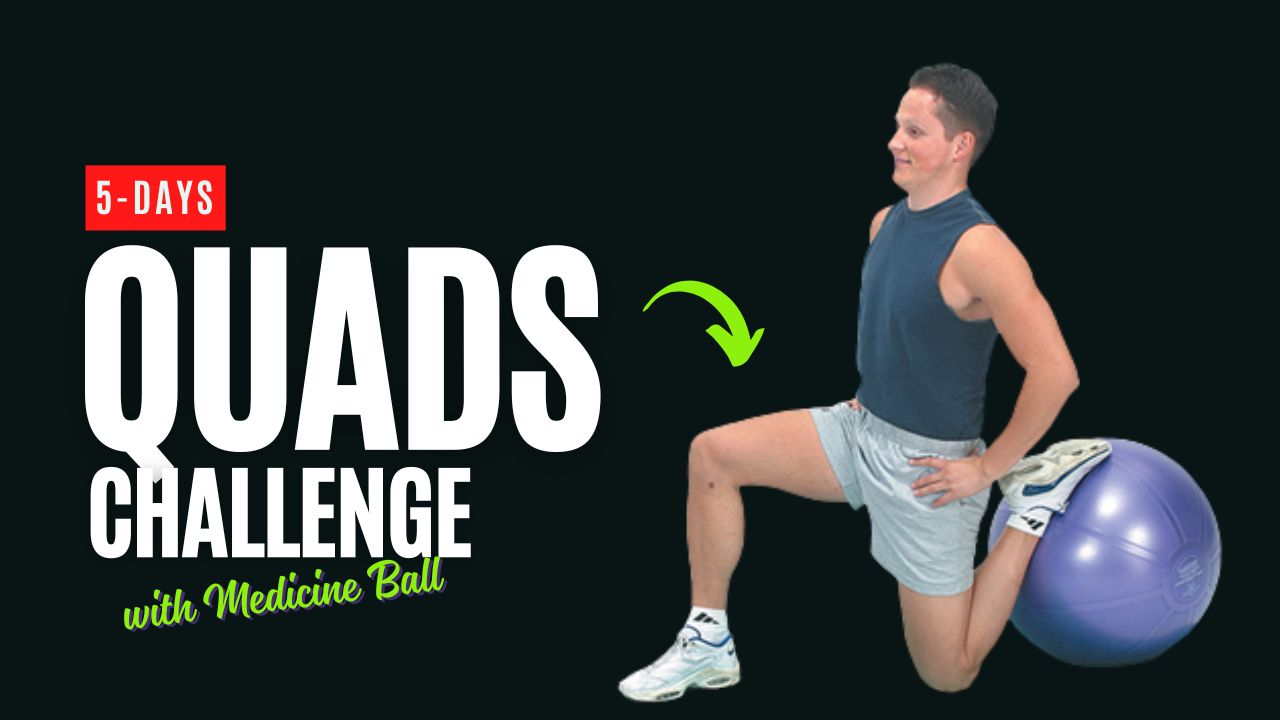Ever tried curling your way to stronger arms—on an unstable surface?
Most people think Swiss balls are only for core work or stability training. But here’s a surprising twist: they can supercharge your bicep workouts too.
Do you know? Adding instability (like a Swiss ball) to your bicep routine activates more muscle fibers, improves posture, and even fires up your core—while still targeting your arms.
Whether you’re looking to build mass, improve arm definition, or just break free from your usual dumbbell routine, these 7 Swiss ball bicep exercises will not only challenge your muscles differently, but also boost your balance and coordination.
Let’s dive into these functional and fun moves that can totally reshape how you train your arms.
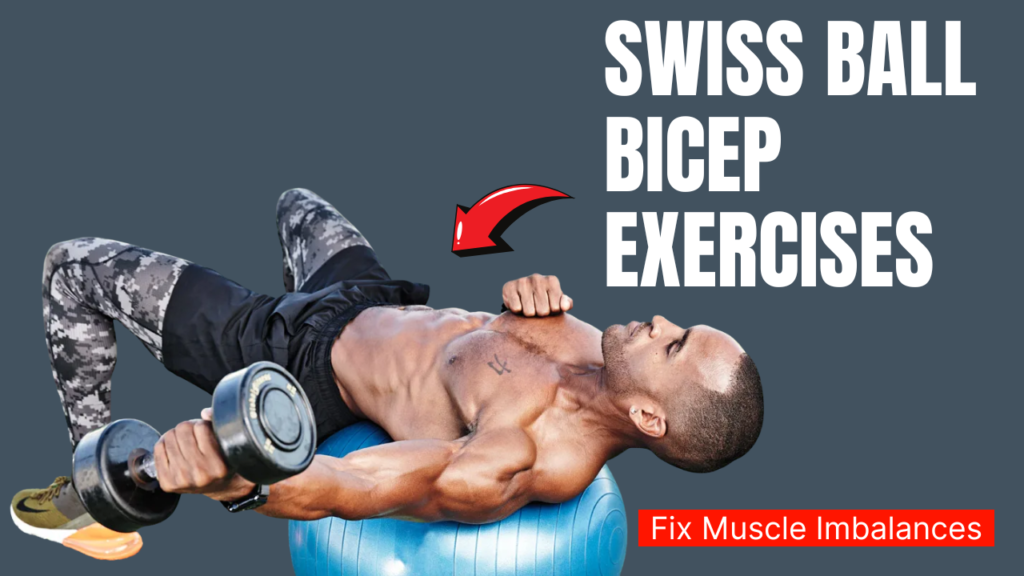
Table of Contents
What Can Happen After 30 Days of These Swiss Ball Bicep Exercises
| Benefits After 30 Days | What It Means for You |
|---|---|
| Noticeable increase in arm strength | You’ll curl heavier weights with better control |
| Improved bicep definition and muscle tone | Your arms may look more sculpted and firm |
| Better balance and coordination | Everyday movements feel more stable and controlled |
| Stronger core engagement | You’ll feel your abs activating even during arm workouts |
| Reduced muscle imbalances | Stabilizer muscles get trained evenly |
| More efficient mind-muscle connection | Improved focus and control over each rep |
| Less shoulder and elbow strain (due to improved form) | Healthier joints and lower risk of injury |
| Boost in workout motivation | Seeing results keeps you committed and consistent |
| Better posture and body alignment | Core-focused moves enhance how you sit, stand, and move |
| Increased variety and enjoyment in training | You’ll look forward to arm day again with fun, functional movement |
Do’s & Don’ts of Swiss Ball Bicep Exercises
| Do’s | Don’ts |
|---|---|
| Choose the right size Swiss ball based on your height | Don’t use a ball that’s too large or too small |
| Maintain a straight spine and engaged core throughout | Don’t slouch or let your back collapse |
| Use slow, controlled motion while curling | Don’t swing the weights or use momentum |
| Start with lighter weights to master balance | Don’t lift too heavy too soon—it can lead to injury |
| Keep feet flat and stable for seated variations | Don’t let your feet lift or shift during the movement |
| Focus on proper breathing (exhale on effort) | Don’t hold your breath while lifting |
| Warm up before your workout and stretch afterward | Don’t skip the warm-up—it increases risk of strain |
| Perform each rep with full range of motion | Don’t cut the movement short—engagement will be reduced |
| Use a non-slip mat underneath if you’re on a hard floor | Don’t use the ball on slippery surfaces |
| Rest 24–48 hours before training biceps again | Don’t overtrain—muscles grow with rest and recovery |
7 Best Swiss Ball Bicep Exercises
1. Swiss Ball Seated Dumbbell Curl
Why It Works: Sitting on the ball forces you to maintain posture and stability, engaging your core and leg muscles alongside your biceps.
How to Do:
- Sit on a Swiss ball with feet flat and knees at a 90° angle.
- Hold a dumbbell in each hand, arms extended, palms facing forward.
- Curl both dumbbells up to shoulder height without swinging your arms.
- Lower slowly and repeat.
Myth Buster: You don’t need a bench to build big biceps—sitting on a Swiss ball creates enough instability to make even light weights feel more intense.
2. Swiss Ball Preacher Curl
Why It Works: It mimics the preacher bench setup, isolating the biceps while the ball supports your arm position.
How to Do:
- Kneel beside the Swiss ball and place your upper arm over the ball’s top.
- Hold a dumbbell in one hand with a supinated grip (palm up).
- Slowly curl the dumbbell toward your shoulder, squeezing the bicep.
- Lower with control and repeat before switching arms.
Tip: Keep your upper arm firmly pressed against the ball to prevent momentum from taking over.
3. Swiss Ball Wall Curl
Why It Works: Combining the wall and ball provides a supported yet unstable backrest, reducing body cheat and improving focus on your arms.
How to Do:
- Place the Swiss ball between your lower back and a wall.
- Hold dumbbells with palms forward.
- Slowly curl both weights while pressing back into the ball.
- Lower with control and repeat.
Functional Perk: Great for people who need back support but still want to activate their stabilizing muscles.
4. Swiss Ball Concentration Curl
Why It Works: It isolates one arm at a time, and the Swiss ball adds a dynamic sitting base, engaging your hips and core.
How to Do:
- Sit on the Swiss ball, legs wide, dumbbell in one hand.
- Lean forward slightly, rest your elbow inside your thigh.
- Curl the dumbbell slowly, squeezing the bicep at the top.
- Lower under control and switch arms.
Interesting Fact: Studies show that unilateral (single-arm) training can boost neural activation and even carry strength over to the other arm.
5. Swiss Ball Lying Bicep Curl
Why It Works: A full-body stability challenge that targets your hamstrings, glutes, core, and biceps simultaneously.
How to Do:
- Lie back on the ball with your upper back supported, hips elevated.
- Hold dumbbells at your sides with palms up.
- Curl the weights toward your shoulders while keeping your hips lifted.
- Lower and repeat.
Bonus Burn: Holding the bridge position engages your glutes and posterior chain throughout the movement.
6. Swiss Ball Incline Curl
Why It Works: Like using an incline bench, this variation stretches your biceps more at the start, increasing the range of motion for better muscle growth.
How to Do:
- Lie back on the Swiss ball at a 45° incline, feet planted.
- Let your arms hang behind your body slightly.
- Curl dumbbells up to shoulder height.
- Lower slowly and repeat.
Feel the Stretch: This is one of the best moves for hitting the long head of the bicep, which helps with that peaked look.
7. Swiss Ball Zottman Curl
Why It Works: Combines the benefits of a standard curl and reverse curl, hitting both the biceps and forearms in one powerful movement.
How to Do:
- Sit on a Swiss ball with dumbbells in hand, palms facing forward.
- Curl the weights up, then rotate palms down at the top.
- Lower slowly with palms facing the floor.
- Rotate palms up again at the bottom and repeat.
Double Muscle Work: This targets both the biceps brachii and brachioradialis, making your arms stronger and more balanced.
Final Thoughts
Swiss balls aren’t just for crunches anymore. Incorporating these 7 Swiss ball bicep exercises into your workout routine can:
- Build balanced strength
- Improve your posture
- Engage your core without crunches
- Add fresh challenge to traditional arm workouts
Whether you’re at home or in the gym, these versatile moves make it easier to train smarter, not harder—and sculpt those arms with more functional strength.
Pro Tip: Start with lighter weights to master balance and form, then increase resistance as you grow more stable and stronger.
Frequently Asked Questions (FAQs)
Are Swiss ball bicep exercises effective for muscle growth?
Yes, they are. Swiss ball bicep exercises introduce instability, which activates more muscle fibers and engages your core during arm movements. This added challenge can improve muscle growth, coordination, and functional strength over time.
Do I need heavy weights for these exercises to be effective?
Not necessarily. Because of the unstable nature of the Swiss ball, even moderate or light weights can feel more intense. The key is maintaining proper form and slow, controlled movement to fully activate the biceps.
Can beginners do bicep workouts with a Swiss ball?
Absolutely. Beginners can start with basic seated curls on the Swiss ball and use lighter weights. The ball helps improve posture and balance while teaching proper movement patterns, making it a great starting point.
How often should I train biceps using a Swiss ball?
You can incorporate Swiss ball bicep exercises 1–2 times per week as part of your upper body or full-body routine. Always allow at least 48 hours of rest before working the same muscle group again.
What other muscle groups are engaged during Swiss ball bicep curls?
Besides the biceps, these exercises also engage your core, glutes, lower back, and stabilizer muscles, especially during moves like the lying curl or incline curl variations.
Can I use resistance bands instead of dumbbells with a Swiss ball?
Yes! Resistance bands work great with a Swiss ball and can provide a similar muscle challenge. They’re also safer and more portable, especially for home workouts.
Is it safe for people with lower back pain to use a Swiss ball for curls?
It depends on the individual and the exercise. Seated Swiss ball curls and wall curls offer more support and are generally safer. However, lying or incline variations might strain the lower back. Always consult with a fitness professional or physical therapist if you have any discomfort.
Do Swiss ball bicep workouts replace traditional curls?
Not entirely. While Swiss ball exercises add variety and improve balance, combining them with traditional barbell and dumbbell curls can give you the best of both worlds—stability and hypertrophy.
Can these exercises be done at home?
Yes! All you need is a Swiss ball, a pair of dumbbells or resistance bands, and a small open space. These workouts are perfect for home training setups.





